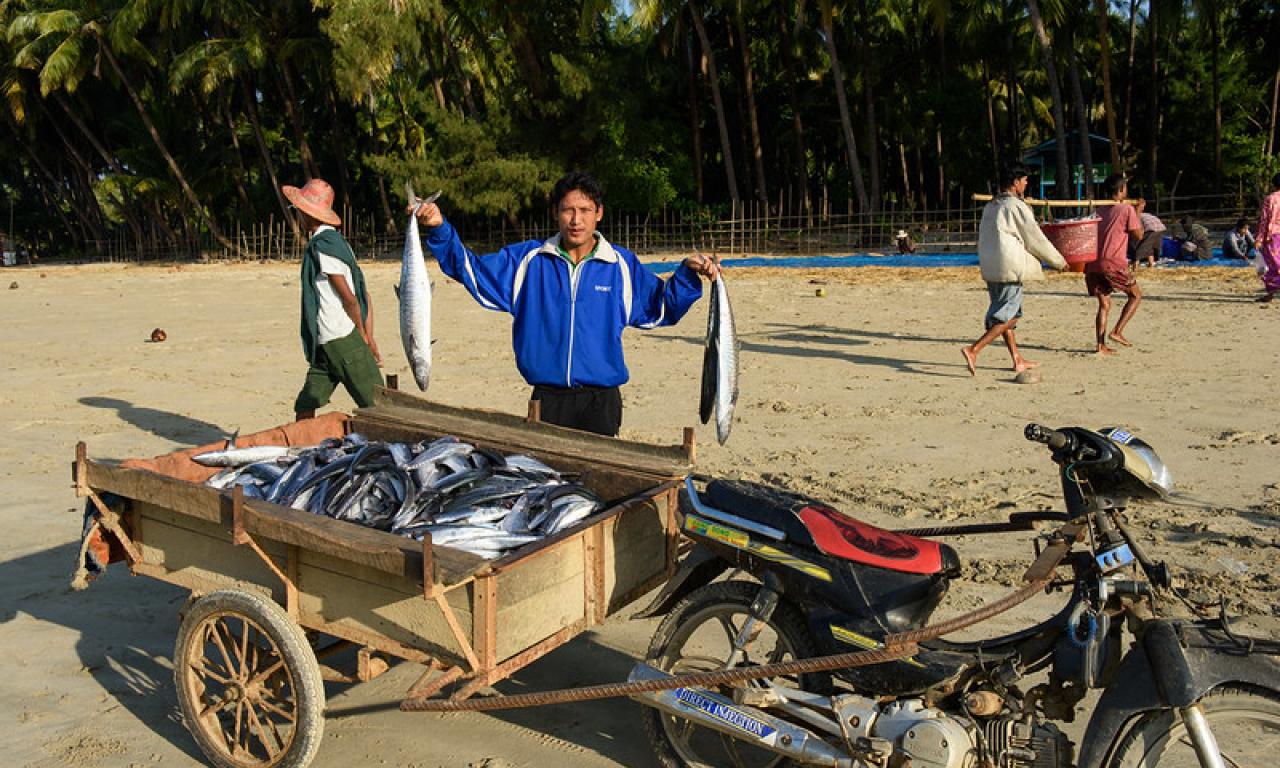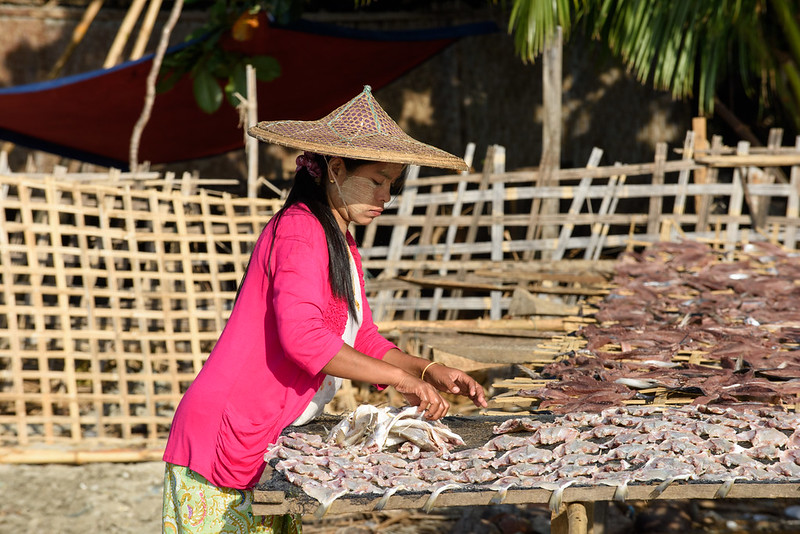
Lockdown measures were relaxed from May 15th and highway public transportation was set to resume gradually. Despite this, a semi-lockdown was extended in the ten most affected townships of Yangon. In Yangon’s Yankin township, residents decided to take matters into their own hands and institute a self-imposed lockdown due to fears of contamination. By mid-May, Myanmar had registered 181 confirmed cases and 6 deaths.
A disruption in the rice planting cycle was reported as farmers were said not to have received financial help to curb their losses due to the lockdown restrictions. New monsoon rice crops are usually started in early May and delays sparked future food security worries. It was reported agricultural workers and tenant farmers were some of the most economically affected populations. Sweetcorn farmers suffered from a halt in Chinese imports and sweetcorn was said to being thrown away daily at the border. Meanwhile, hundreds of newly unemployed Thailand-based migrant workers were still waiting to cross the border to go back home to Myanmar, hundreds of migrant workers from Malaysia and Singapore arrived back in Myanmar by Air, and 6,300 garment factory workers in Myanmar were stated to have lost their jobs.

Impacts on fisheries and aquaculture: The Myanmar Fisheries Products Processors & Exporters Association (MPEA) is projecting the largest loss in history for the six months between March and August. The fishery sector was said to face one of its biggest crises as export demand continued to plummet in May following a disastrous month of April. As a result, some cold storage facility factories were initially closed due to lack of revenue and later due to lockdown measures. This coupled with low demand was said to have forced some fishing businesses to cease their activity and dock their boats at Yangon’s port. Delays in re-opening the factories could also disrupt the production of fish seed and farmed fish. On a positive note, the Myanmar Trade Promotion Organization stated that Sri Lanka wanted to purchase crop and fishery products, and India wants to buy pulses
Responses and coping mechanisms: The government announced a COVID-19 Economic Relief Plan (CERP) at the end of April and international development partners were said to be contributing $2 billion. The aim of the plan is to help private sector businesses with monetary stimulus, assist laborers, workers and households, and strengthen the health care system. In addition, the World Bank approved a $50 million emergency loan to support health care facilities in the fight against COVID -19. Some small business owners were unsure whether they would receive CERP aid at the time of need. For instance, it was uncertain whether rice farmers would receive aid by the end of year, meaning they could risk missing a whole crop season if the funds arrived too late.
Micro-finance loans which were stopped by the government in order to prevent the spread of the virus were also said to be crucial to help the farmers re-start their activity as soon as possible. The largest microfinance institution in Myanmar stated it was critical for policy makers to make loan disbursements possible and ease mobility among farmers.
At the beginning of May, Myanmar approved more than 3.5 billion kyats (US$2.5 million) for industrial and tourism employers. The tourism and garment sectors received government aid, low interest loans as well as aid from EU bodies. The fishery sector was not included in the government’s list of sectors most impacted by the virus and not a recipient of EU subsidies. UNDP with the Directorate of Industrial Supervision and Inspection (DISI), Ministry of Planning, Finance and Industry has set up a 100 billion Kyat COVID19 fund for immediate loans to priority sectors in COVID19 hit areas. Some economists and businesses have said that more support should be provided for essential food producing sectors such as agriculture and fisheries, which affects longer term food security.